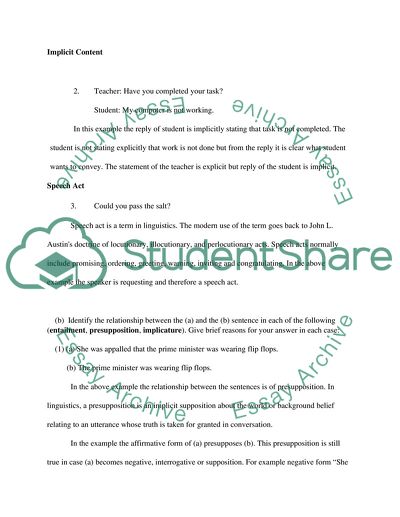Cite this document
(Sentence Meaning and Utterance Meaning Assignment, n.d.)
Sentence Meaning and Utterance Meaning Assignment. Retrieved from https://studentshare.org/humanitarian/1577960-semantics-and-syntax
Sentence Meaning and Utterance Meaning Assignment. Retrieved from https://studentshare.org/humanitarian/1577960-semantics-and-syntax
(Sentence Meaning and Utterance Meaning Assignment)
Sentence Meaning and Utterance Meaning Assignment. https://studentshare.org/humanitarian/1577960-semantics-and-syntax.
Sentence Meaning and Utterance Meaning Assignment. https://studentshare.org/humanitarian/1577960-semantics-and-syntax.
“Sentence Meaning and Utterance Meaning Assignment”, n.d. https://studentshare.org/humanitarian/1577960-semantics-and-syntax.


